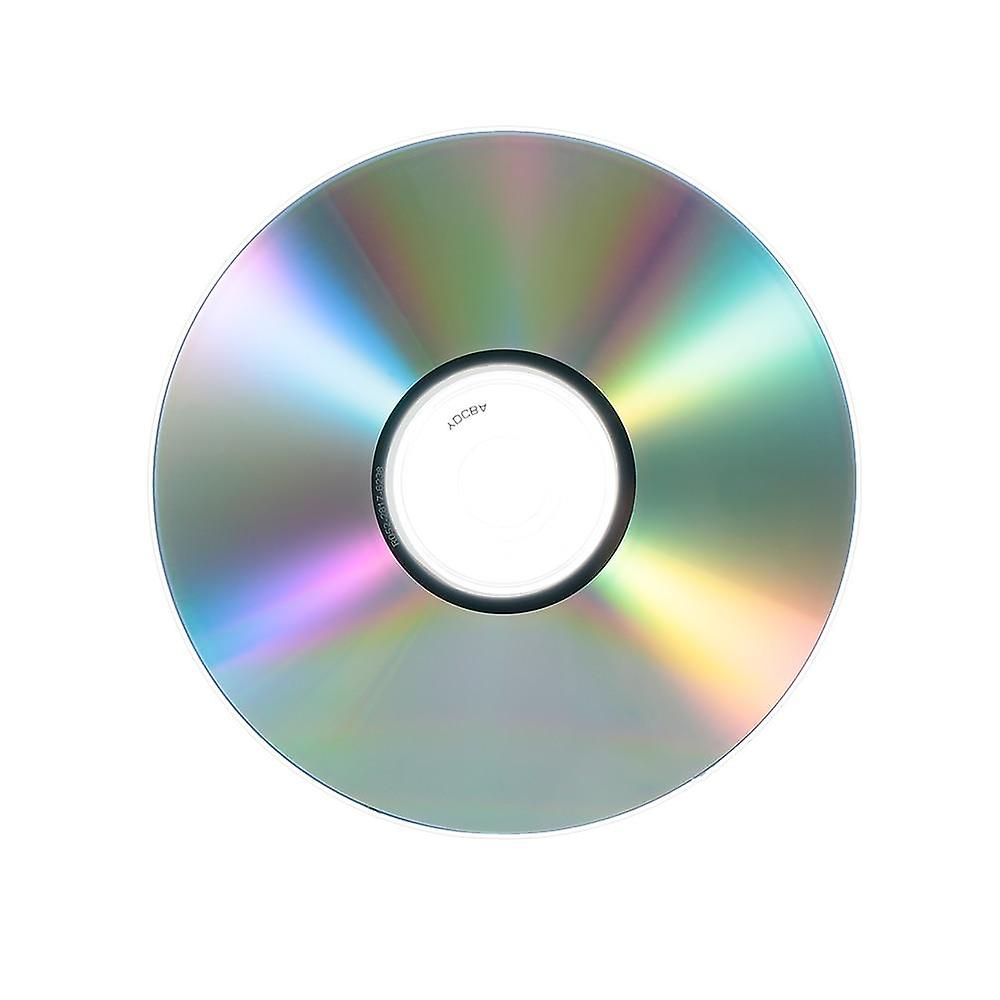I first saw The Abyss on Sunday, 24th January 1993 on Channel 4 in the UK. They mistakenly broadcast the film uncut for which the governing body, OFCOM, slapped their wrists.
Not long after, the Special Edition had a UK release on VHS, which I would snap up instantly. Although, I would be amazed at the terrible editing used to hide the rat in the infamous scene where they force it to breathe oxygenated liquid.
In 2000, I would import the two disc DVD from the US which was fantastic, but the only setback was the picture was non-anamorphic. This didn’t worry me too much at the time because I was watching on a 14-inch portable.
Finally, after waiting over two decades, I finally have the film in HD and 4K! It’s been so long, it’s skipped a generation. 😁 Plus, I had to import the film from the Netherlands as it isn’t getting a release here in the UK!


I was wondering, many 4K releases are probably just an upscale of the existing release, no? Is there any way to know if the image is native 4K made from the original material when buying?
I’d like to think that the majority of releases are new 4K scans of the original camera negatives. The only way to know for sure is to read detailed reviews beforehand. For example, here’s the information about The Abyss from The Digital Bits.